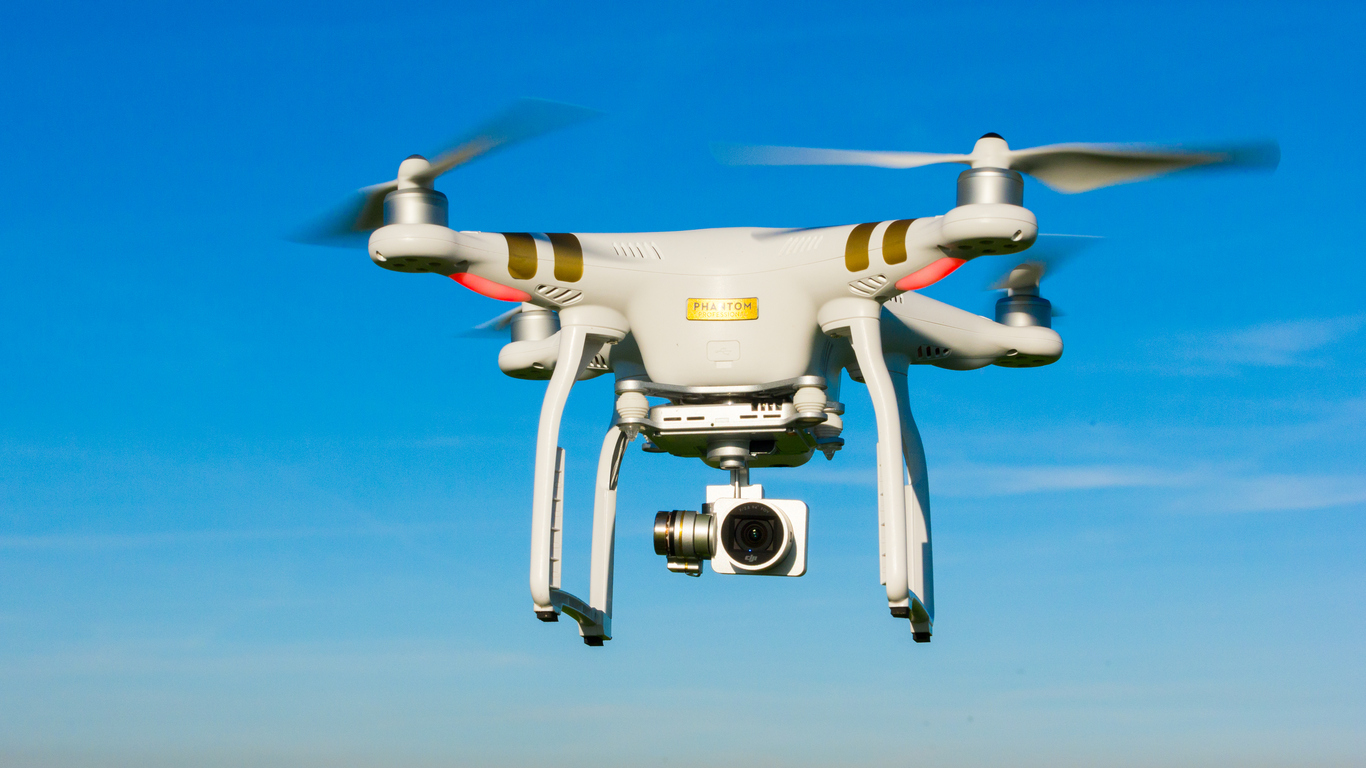2021/10/06
Regular Cargo Drone Flight to a Remote Island Starts: Depopulation and Technologies are Interrelated Closely

(The original article in Japanese was posted on September 10, 2021)
Regular delivery service by drone started on August 30 in Kagawa prefecture connecting the port of Suda in Mitoyo City and Awashima Island in the Seto Inland Sea. The logistics service is operated by Kamomeya Inc., a venture company in Takamatsu City that works on resolving difficulties in logistics in remote islands. This past June, an agreement was concluded between Kamomeya Inc. and Mitoyo City. Since then, they have taken every step to get ready for the launch of regular delivery flights.
Awashima is located 4.2 km off the coast of Suda Port with 132 households and 216 residents, where the rate of population aging is 83%. While the total population of the island decreased by 40% compared to 10 years ago, the population aging rate increased by 10 points (the 2015 Population Census). Although regular ship routes are available, maintenance of lifelines is a major issue for the islanders amid a crisis of depopulation.
The recently started regular cargo drone can carry luggage up to 1kg per flight. Items purchased at affiliated convenience stores are exclusively acceptable. The drone delivery is operated 5 days a week, 3 flights a day with a handling fee of 500 yen. If you order in the morning, the items you ordered will arrive in the afternoon. It is a business model especially designed for the elderly people who are unfamiliar with IT devices, focusing on a house-to-house delivery by regular service staff and a simple ordering system by telephone and personal order forms. According to the operation plan, the drone airframe will be enhanced by the end of this fiscal year to improve water-proof property for the convenience of rainy-day operation and to increase the maximum load capacity to 5 kg by the end of next year. Furthermore, transportation of medicinal products and the rollout of unmanned vessels will be taken into consideration in years to come.
Out of the 416 inhabited remote islands in Japan, 254 are under the jurisdiction of the Remote Islands Development Act and some 376,000 people in total live in these islands (the 2015 Population Census). Due to a drastic population decrease and the resulting operation reduction of the regular lines, continuing maintenance of medical care system as well as daily-life convenience is a common problem that all the remote islanders encounter. The start of regular freight flights by drone will surely be a big hope for all other islanders.
The key is how to keep the business running. Obviously, it is essential to secure constant stable demand though the residential population increase is not that easy to achieve. To start with, promotion of tourism is prioritized and then creation of what is referred to as "relationship population", which means the people with some sorts of connections or relationships with the specific local community or regional area, even though not physically residing, is required by utilizing regional specialties. To fulfill the idea, it will be necessary to reconsider the charm of the islands based on a revaluation of local resources related to natural environment, history, lifestyle, and traditional culture. In that sense, the utilization of most advanced technology itself will certainly become a new local resource that can represent the region. I hope future possibilities of technologies, not from simple cost and efficiency-oriented perspectives, will be induced in "depopulation areas" where harmonious life with splendid natural environment is always near at hand.
This Week’s Focus, September 10
Takashi Mizukoshi, the President